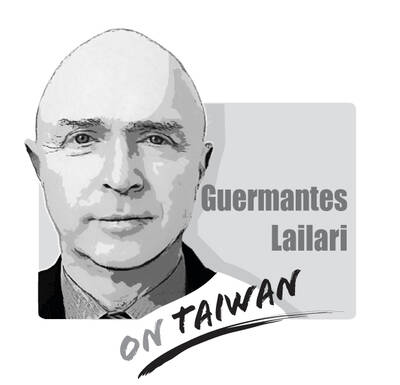In response to the increasing competition and confrontation between the US and China, the US military has been strengthening its deterrence against its Asian rival.
Notably, to strengthen the defense of the western Pacific first island chain, the US has quietly allowed Taiwan, Japan and South Korea to develop their indigenous cruise or ballistic missiles with a range of more than 1,000km.
As well as strengthening these three countries’ defense capabilities, this development shows how their geographical location allows them to work closely with the US’ national security agencies.
For example, South Korea has long been threatened by North Korea’s nuclear weapons. In recent years, with the assistance of the US as well as its own diligent research and development efforts, South Korea has developed the Hyunmoo missile series.
Among the four types of missile in the series, the Hyunmoo-3 has a range of up to 3,000km, which is more than enough to reach anywhere in the Korean Peninsula. As for the Hyunmoo-4, its ability to carry an earth-penetrating warhead gives it a strong deterrent effect against North Korea’s underground missile and nuclear weapons facilities.
Taiwan has for decades been under military threat from China’s People’s Liberation Army (PLA). In the early years, due to its own technical limitations as well as restrictions imposed by the US, Taiwan did not have the military hardware needed to carry out attacks at source — pre-emptive strikes.
However, times have changed. Thanks to years of effort by Taiwan’s armed forces, plus the intensified strategic rivalry between the US and China, the armed forces are reportedly in possession of the Hsiung Feng IIE cruise missile, whose 1,000km range is a deterrent against the PLA.
Japan is the US’ most important ally in the Asia-Pacific region, but it has in recent years suffered increasingly frequent harassment by the PLA.
To maintain its basic power of national defense, Japan plans to modify its existing Type 12 surface-to-ship missile by extending its range from 200km to 1,500km.
This would not only defend its southwestern islands, but also help lessen the US’ burden of defending the first island chain.
Faced with China’s increasing military threat and its continued challenge to the longstanding US-dominated order in the first and second island chains, the US is not only striving to widen its lead over the PLA in military technology, but has also tacitly allowed Taiwan, Japan and South Korea to possess or develop cruise or ballistic missiles with a range of more than 1,000km.
The geostrategic position of these three countries has risen amid the intensified rivalry between the US and China.
Ray Song is a doctoral student at Tamkang University’s Institute of International Affairs and Strategic Studies.
Translated by Julian Clegg

Chinese state-owned companies COSCO Shipping Corporation and China Merchants have a 30 percent stake in Kaohsiung Port’s Kao Ming Container Terminal (Terminal No. 6) and COSCO leases Berths 65 and 66. It is extremely dangerous to allow Chinese companies or state-owned companies to operate critical infrastructure. Deterrence theorists are familiar with the concepts of deterrence “by punishment” and “by denial.” Deterrence by punishment threatens an aggressor with prohibitive costs (like retaliation or sanctions) that outweigh the benefits of their action, while deterrence by denial aims to make an attack so difficult that it becomes pointless. Elbridge Colby, currently serving as the Under
The Ministry of the Interior on Thursday last week said it ordered Internet service providers to block access to Chinese social media platform Xiaohongshu (小紅書, also known as RedNote in English) for a year, citing security risks and more than 1,700 alleged fraud cases on the platform since last year. The order took effect immediately, abruptly affecting more than 3 million users in Taiwan, and sparked discussions among politicians, online influencers and the public. The platform is often described as China’s version of Instagram or Pinterest, combining visual social media with e-commerce, and its users are predominantly young urban women,
Most Hong Kongers ignored the elections for its Legislative Council (LegCo) in 2021 and did so once again on Sunday. Unlike in 2021, moderate democrats who pledged their allegiance to Beijing were absent from the ballots this year. The electoral system overhaul is apparent revenge by Beijing for the democracy movement. On Sunday, the Hong Kong “patriots-only” election of the LegCo had a record-low turnout in the five geographical constituencies, with only 1.3 million people casting their ballots on the only seats that most Hong Kongers are eligible to vote for. Blank and invalid votes were up 50 percent from the previous
Japanese Prime Minister Sanae Takaichi lit a fuse the moment she declared that trouble for Taiwan means trouble for Japan. Beijing roared, Tokyo braced and like a plot twist nobody expected that early in the story, US President Donald Trump suddenly picked up the phone to talk to her. For a man who normally prefers to keep Asia guessing, the move itself was striking. What followed was even more intriguing. No one outside the room knows the exact phrasing, the tone or the diplomatic eyebrow raises exchanged, but the broad takeaway circulating among people familiar with the call was this: Trump did